Speaker
Description
The multipurpose, multifaceted methodical nuclear data libraries coded by TALYS & databases, TEFAL, TASMAN as the Evaluated Nuclear Data Library TENDL has now been released every other year recently. Considerable experience has been acquired during the production years of global repetitive seven incident particles (neutron, proton, deuteron, triton, alpha, helium and gamma induced) multipurpose, application agnostic nuclear data libraries with covariance information up to 200 MeV incident energy on about 2850 (T½ > 1s) targets Z=1 1H to Z=115 291Mc. The library information is stored in the ENDF-6 data format explicitly below 30 MeV, implicitly above. The backbone of this achievement is completeness, quality, upgradability and, most of all, reproducibility and methodology. Since, TENDL has been comprehensively embraced by many, quite different applications (accelerator, astrophysics, fusion, fission, medical, experimental, decommissioning, etc.) that require multifaceted nuclear reaction data in various forms, primary and derived, for not only criticality but shielding, transport, radioprotection, transmutation, experimental interpretation, materials or earth sciences. The essential knowledge is not the TENDL libraries themselves, but rather the necessary physics models, databases and methods, processes, codes, tools and know-how that go into the making of every evaluation of the libraries. Recent efforts have focused on proper assessment of the underlying physics reproductible models coding and incorporation of databases information and metrics into the scientific T3 system.
Industry recognized traditional nuclear data libraries (ENDF/B-US; JENDL-Japan; JEFF-OECD, CENDL-China) have. are being assembled over decades by hand, ‘evaluators’ added nuclides/reactions/energies as and when it was deemed necessary for principally fission, low energy-based applications. The methodology is robust when high-quality, differential and integral experimental data are available and can be successfully embedded in their making; however relative to the total set of target nuclides/reactions/energies and derived data needed for many other applications such as shielding, these libraries are small and incomplete. They generally do not contain any more than a very small fraction of the data, forms and observables needed for other non-operational fission, non-criticality applications: non-elastic double differential data, branching ratio, radionuclides production, gas, emitted particles and residual recoil spectra, etc. Since many (or most) reactions important for advanced; shielding, accelerators, fusion, instrumentation and manufacturing, security or astrophysics systems have few or no experimental differential information, one cannot rely on these traditional libraries, and a robust alternative is necessary to explore the broader nuclear application landscapes. TENDL-2023 fills the space between on-the-fly high energy collision models and low energy tables, leads the way scientifically and technologically into chartered and uncharted territory.
https://tendl.web.psi.ch/tendl_2023/tendl2023.html
https://www-nds.iaea.org/talys/
| Scientific Topic 2 | Code status, development and model converters |
|---|---|
| Scientific Topic 5 | Induced radioactivity and decommissioning |
| Scientific Topic 6 | Radiation damage to materials |

